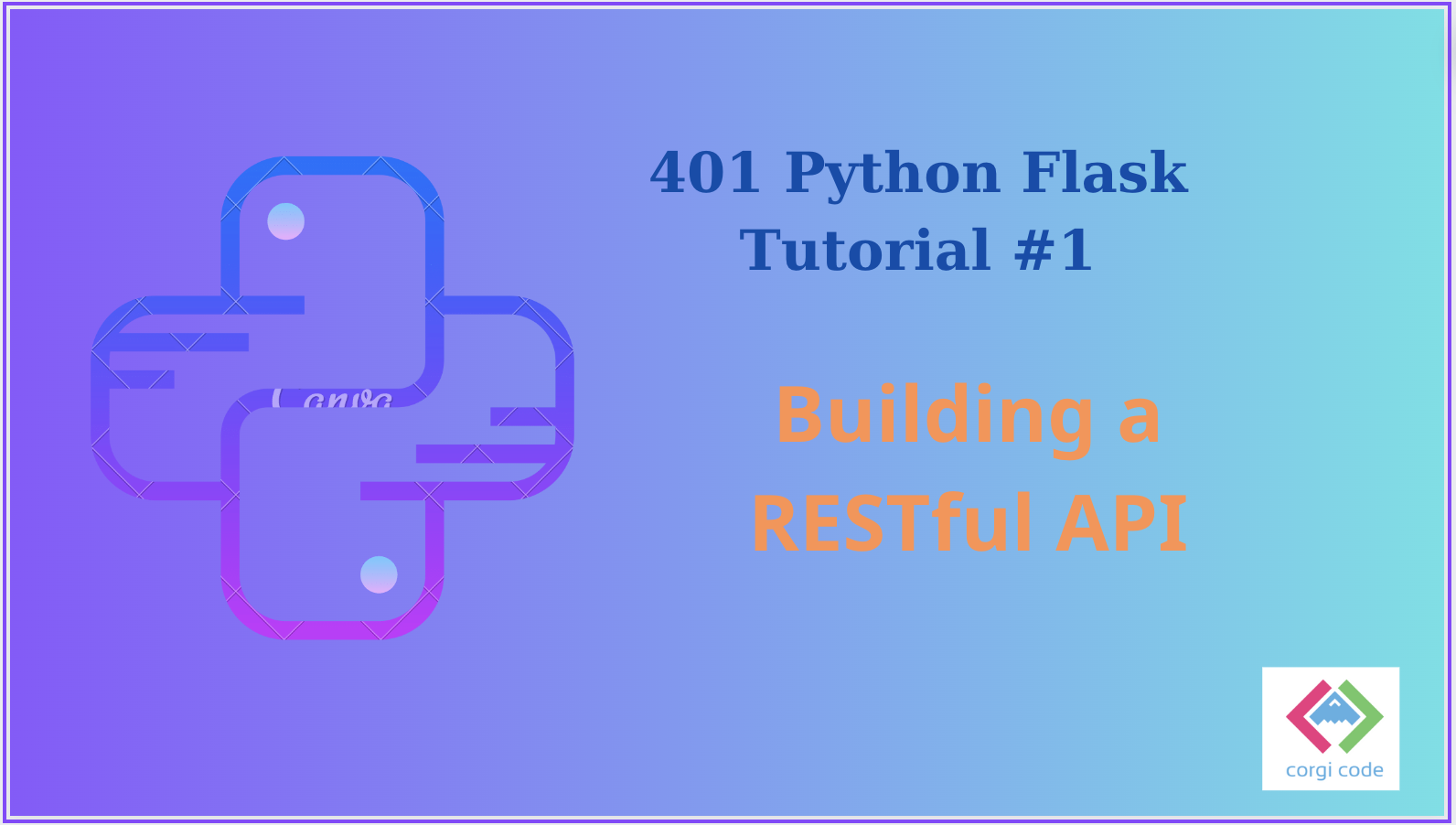Problem
We want to implement undo/redo functionality in a text editor. When a user makes changes to the document, those edits should be stored for potential undo actions. Additionally, after undoing an edit, the user should be able to redo it.
Data Structures
- Stack: We can use a stack to store the history of editing actions (insertions, deletions, etc.). Each element in the stack would represent a specific edit made to the document content.
- Queue (Optional): An alternative approach might involve using a queue for storing redo actions. Whenever an undo operation is performed, the previous document state (before the undo) is pushed onto a queue, allowing the user to redo the action later.
Implementation
Stack
class Stack:
def __init__(self):
self.items = []
def push(self, item):
self.items.append(item)
def pop(self):
if not self.is_empty():
return self.items.pop()
def is_empty(self):
return len(self.items) == 0Class TechEditor
class TextEditor:
def __init__(self):
self.content = ""
self.undo_history = Stack()
def insert_text(self, text, position):
self.content = self.content[:position] + text + self.content[position:]
self.undo_history.push({"action": "insert", "text": text, "position": position})
def delete_text(self, start, end):
removed_text = self.content[start:end]
self.content = self.content[:start] + self.content[end:]
self.undo_history.push({"action": "delete", "text": removed_text, "start": start, "end": end})
def undo(self):
if not self.undo_history.is_empty():
edit = self.undo_history.pop()
if edit["action"] == "insert":
self.content = self.content[:edit["position"]] + self.content[edit["position"] + len(edit["text"]) :]
elif edit["action"] == "delete":
self.content = self.content[:edit["start"]] + edit["text"] + self.content[edit["start"]:]
def get_content(self):
return self.contentExample usage
# Example usage
editor = TextEditor()
editor.insert_text("Hello", 0)
editor.insert_text(" Corgi", 5)
editor.delete_text(6, 11) # Delete "Corgi"
print("Current content:", editor.get_content()) # Output: Hello
editor.undo()
print("Content after undo:", editor.get_content()) # Output: Hello CorgiYou can similarly implement a redo function using a queue (optional)
Explanation
- We define
StackandTextEditorclasses. TextEditorstores the current document content and an undo history stack.insert_textanddelete_textedit the content and push the corresponding action onto the undo history stack.undopops the most recent edit from the stack and reverts the changes based on the edit type.
This example showcases how a stack can be used to maintain a history of edits, enabling users to undo their actions in a text editor. You could extend this concept to more complex scenarios involving different editing operations and potentially using a queue for redo functionality.





